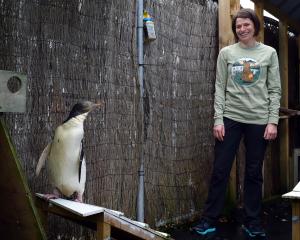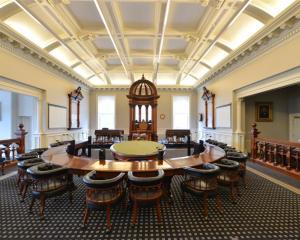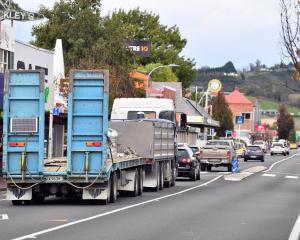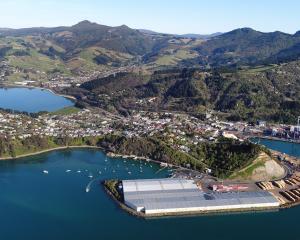Seeing the bright lights of some major American cities has given the man responsible for a street lighting revolution set for Dunedin some solid ideas.
Dunedin city council roading maintenance engineer Peter Standring went to the United States last year to look at different technologies and visit cities that have started updating their street lighting.
Depending on funding support from the New Zealand Transport Agency, Dunedin will start a multimillion-dollar programme to replace 9000 of its 14,000 stock of streetlights over a four- to five-year period starting in 2015.
The city's pressurised sodium bulbs and 25-year-old casings will be replaced, probably with some form of LED lighting, and casings that prevent light spilling into the night sky.
The present streetlights were inefficient and required a high degree of maintenance.
Replacing them would please astronomers and other fans of the night sky, but would also have another effect, Mr Standring said.
The warm, golden glow of a city and its twinkling night lights will appear somewhat different, less twinkly, whiter and cooler.
''People really love the lights [as they are], the warmth of it.''
Mr Standring recalled flying over Los Angeles, where 140,000 streetlights have so far been replaced with LED lights, and seeing dark patches amid the twinkling lights.
''It's something you don't think of from the engineering perspective.
''Often what we don't take into consideration is how much people love the cityscape and all the orange lights.''
The flip side of losing the orange glow was that people would get the night sky back.
''They'll be able to see the stars.''
The trip was to give him a greater understanding of street lighting and the processes and options available.
From a visit that took in Los Angeles, Durham, Racine, Chicago, Phoenix and San Francisco, a highlight was meeting the director of Los Angeles' bureau of street lighting, Ed Ebrahimian, the man responsible for introducing the upgrade of the LED lights throughout the greater city.
Los Angeles was in many ways the world leader in the procurement, installation and development of LED technology, and the group was ''very lucky'' to have had one and a-half hours of Mr Ebrahimian's time, Mr Standring said.
Flying across so many cities at night during the trip brought home how much opportunity there was to make energy savings and carbon emissions reductions, not to mention the effect on the night skies.
During factory tours, he also saw how the LED technology was developed from scratch, and also learned about the uses of this light source, and its potential in the future.
Visiting a casing factory was equally interesting and gave him an appreciation of the effort that went into these fixtures.
Dunedin was lucky in that its street lighting stock required replacing at a time when technology was evolving to the point where many cities were opting to install new LED street lighting.
Auckland had already installed about 40,000 LED lights and Dunedin would learn from the challenges the Auckland street lighting team had overcome and be able to use the processes it had worked through, such as for choosing manufacturers.
The DCC would still need to decide exactly which light sources it would go with, and which casings.
How long the new lights would be expected to last was another question needing to be addressed, Mr Standring said.
Technology changed so fast - manufacturers were already designing plasma light sources for street lighting - it was unlikely the council would choose an option that would last another 25 years.
Many other southern councils were also looking at installing new street lighting and there were opportunities for efficiencies by working together with them, Mr Standring said.












